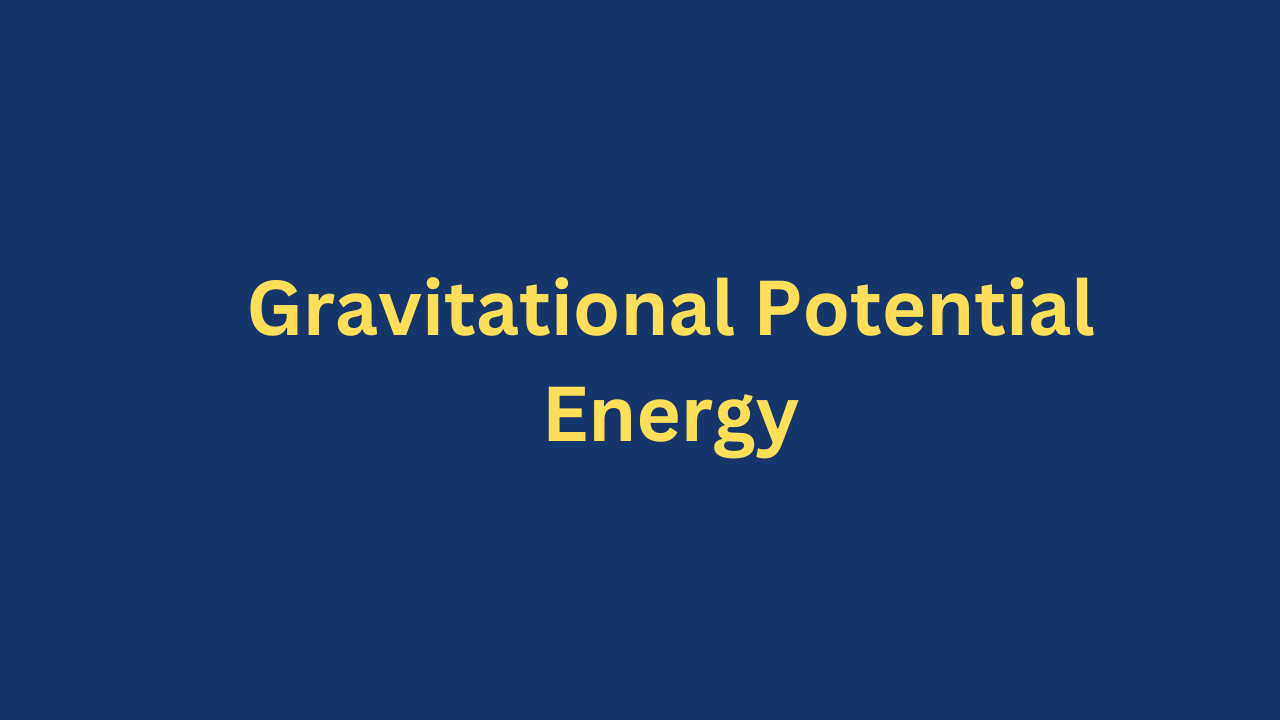The mere idea of an apple falling down on the earth from a tree led to the discovery of a very interesting topic of Physics called Gravitation. Every object seems to fall on the earth. In this universe, every body attracts another body towards itself. This force is called the force of gravitation. Discovered by Sir Isaac Newton, Gravity is nothing but a force of attraction between any two elements that exist in a universe. Elements in the universe attract each other with a specific amount of force. Gravity is a force which has an infinite range. Gravitation is a study of the interaction between two masses. Gravitation is much more than just an everyday phenomenon, it encompasses various theories and principles in its working.
Newton’s Law of Universal Gravitation
This law states that every particle in the Universe attracts every other particle with a force that is directly proportional to the product of the masses and inversely proportional to the square of the distance between them. The force acts along the line joining the two masses.
$$
F=\frac{Gm_1m_2}{r^2}
$$

Where 𝐺 is the universal gravitational constant whose value is \(\: 6.67 \times 10^{-11} \: Nm^2kg^{-2} \:\) and \(\: r \:\) is the distance between the two masses \(\:m_1 \:\) and \(\:m_2 \:\).The value of \(\:G \:\) was found experimentally by Henry Cavendish in 1798. Unlike electrical force, gravitational force is always attractive, i.e., the two masses are drawn to one another. The force, \(\: F_{21} \:\) that mass 1 exerts on mass 2 is equal and opposite to the force, \(\: F_{12} \:\) mass 2 exerts on mass 1. Gravitational forces form a Newton’s third law action-reaction.
Acceleration due to Gravity
Consider an object of mass \(\:m \:\) near the Earth’s surface a height \(\:h \:\) above the earth surface as shown in the figure below.

The force of attraction \(\: F\:\) between the mass 𝑚 and the earth with mass \(\:M_e \:\) and radius \(\:R_e \:\) is given by
$$
F=\frac{GM_em}{\left (h + R_e \right )^2}
$$
The force \(\: F\:\) is the same as the weight of the object of mass on the earth. Thus
$$
\frac{GM_em}{\left (h + R_e \right )^2} = mg
$$
$$
g_h = \frac{GM_e}{\left (h + R_e \right )^2} \tag{1}
$$
Where \(\: g_h\:\) is called acceleration due to gravity above the earth surface. On the earth surface (when h=0 ), equation (1) will reduce to
$$
g_e = \frac{GM_e}{R_e ^2} \tag{2}
$$
In generally, the value of acceleration due to gravity \(\:g_p \:\) on the surface of any planet of mass \(\:M_p \:\) and radius \(\: R_p\:\) is given by
$$ g_p = \frac{GM_p}{R_p^2} \tag{3}$$
$$
g_h = \frac{GM_e}{\left (R_e + h\frac{R_e}{R_e} \right )^2} = \frac{GM_e}{R_e^2 \left ( 1 + \frac{h}{R_e}\right)^2}
$$
$$
=\frac{GM_e}{R_e^2} \left ( 1 + \frac{h}{R_e} \right)^{-2} =g_e \left ( 1 + \frac{h}{R_e} \right)^{-2}
$$
$$=\frac{g_e}{\left ( 1 + \frac{h}{R_e} \right)^{2}}$$
$$
\frac{g_e}{g_p} = \left ( 1 + \frac{h}{R_e} \right)^{2} = 1 + \frac{2h}{R_e} + \left(\frac{h}{R_e} \right)^2
$$
Since \(\:h/R_e \:\) is a small quantity,\(\:\left(h/R_e \right)^2 \:\) will be a still smaller quantity. So it can be neglected in comparison to \(\:h/R_e \:\). Thus
$$
\frac{g_e}{g_p} \approx 1 + \frac{2h}{R_e}
$$
$$
g_h = \frac{g_e}{1 + \frac{2h}{R_e}} \tag{4}
$$
From equation (4), we can see that the value of the acceleration due to gravity on the earth decreases with increase in altitude above the earth surface. Looking at equation (4), the acceleration due to gravity produced in a body is independent of its mass. This means that a heavy ball and a light ball will fall with the same velocity. If we drop these balls from a certain height at the same time, both would reach the ground simultaneously. A body falling with an acceleration equal to 𝑔 is said to be in free-fall motion.



